A new analysis of observed temperatures shows the Arctic is heating up more than four times faster than the rate of global warming. The trend has stepped upward steeply twice in the last 50 years, a finding missed by all but four of 39 climate models.
Category: climatology – Page 97
How technology helps scientists explore Amazonian biodiversity without human interference
Spotting wildlife in these dark and dense forests teeming with insects and spiny palms is always challenging. This is because of the very nature of biodiversity in Amazonia, where there is a small number of abundant species and a greater number of rare species which are difficult to survey adequately.
Understanding what species are present and how they relate to their environment is of fundamental importance for ecology and conservation, providing us with essential information on the impacts of human-made disturbances such as climate change, logging, or wood-burning. In turn, this can also enable us to pick up on sustainable human activities such as selective logging – the practice of removing one or two trees and leaving the rest intact.
As part of BNP’s Bioclimate project, we are deploying a range of technological fixes like camera traps and passive acoustic monitors to overcome these hurdles and refine our understanding of Amazonian wildlife. These devices beat traditional surveys through their ability to continuously gather data without the need for human interference, allowing animals to go about their business undisturbed.
Weather Control and Geoengineering
A look at advanced means of altering or controlling the planet’s climate and geography, drawing on concepts proposed for terraforming other planets. We look at existing and proposed ideas of controlling the weather, creating artificial islands or mountain ranges, using orbital mirrors and shades, and many other concepts.
Visit our Website: http://www.isaacarthur.net.
Join the Facebook Group: https://www.facebook.com/groups/1583992725237264/
Support the Channel on Patreon: https://www.patreon.com/IsaacArthur.
Visit the sub-reddit: https://www.reddit.com/r/IsaacArthur/
Listen or Download the audio of this episode from Soundcloud: https://soundcloud.com/isaac-arthur-148927746/weather-control.
Cover Art by Jakub Grygier: https://www.artstation.com/artist/jakub_grygier
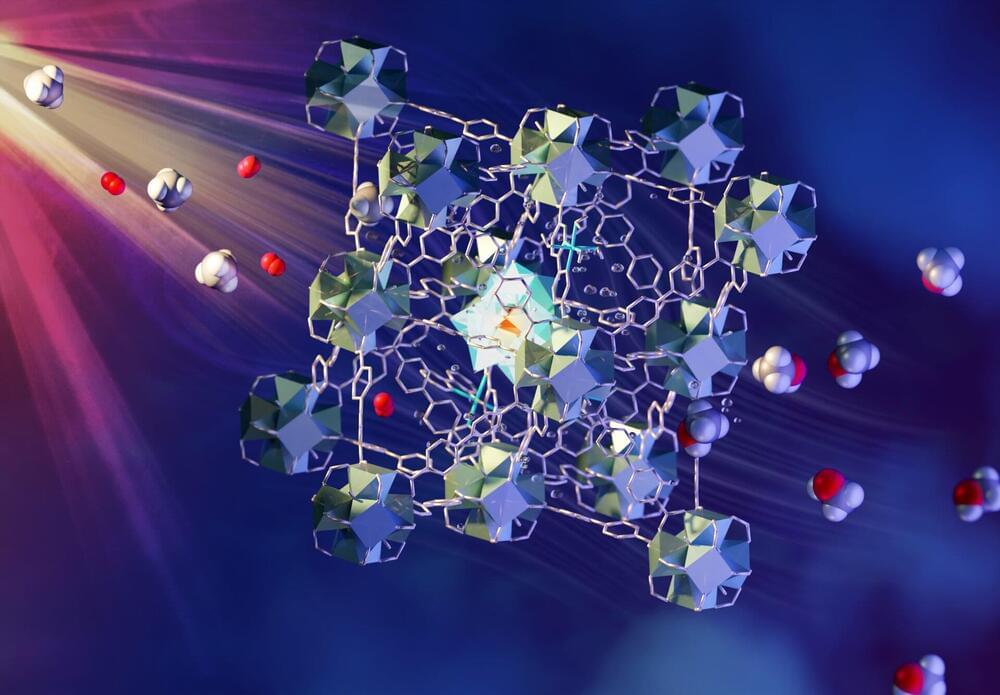
Methane converted into methanol at room temperature — just add light
Scientists have developed an efficient new way to convert methane into methanol at room temperature. The technique could help reduce greenhouse gas emissions and provide a cleaner way to make key products.
While carbon dioxide gets most of the attention, it’s not the only greenhouse gas changing the Earth’s climate. Methane is emitted in smaller amounts but is 34 times more potent, so reducing its levels remains a priority. Excess methane from industrial processes is often burned off, but that produces CO2.
A commonly sought alternative is to convert methane into methanol, which can be used to make a range of products like fuels, plastics and construction materials. The problem is, the conversion process usually requires high temperatures and pressures, which makes it energy-intensive.
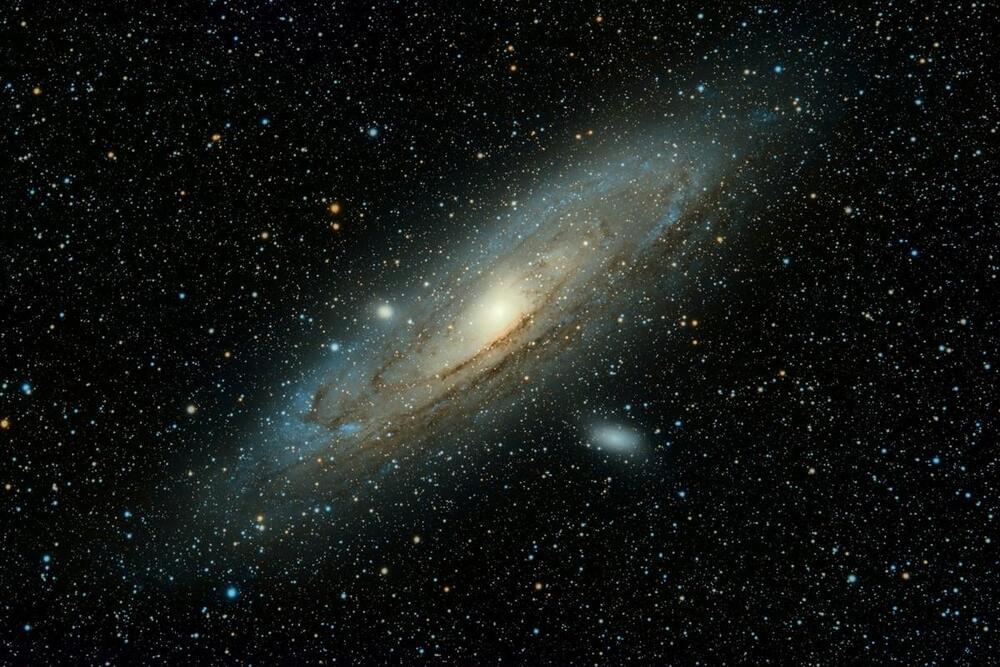
Our universe was made by aliens in a lab, theorises Harvard scientist
Ever considered the notion that everything around you was cooked up by aliens in a lab? Theoretical physicist and former chair of Harvard’s astronomy department, Abraham ‘Avi’ Loeb, has proposed a wild – if unsettling – theory that our universe was intentionally created by a more advanced class of lifeform.
In an op-ed for Scientific American, “Was Our Universe Created In A Laboratory?”, Loeb suggested that aliens could have created a ‘baby universe’ using ‘quantum tunneling’, which would explain our universe’s ‘flat geometry’ with zero net energy. If this discovery were proven true, then the universe humans live in would be shown to be “like a biological system that maintains the longevity of its genetic material through multiple generations,” Loeb wrote.
Loeb put forward the idea of a scale of developed civilisations (A, B, etc.) and, due to that fact that on Earth we currently don’t have the ability to reproduce the astrophysical conditions that led to our existence, “we are a low-level technological civilisation, graded class C on the cosmic scale” (essentially: dumb). We would be higher up, he added, if we possessed the ability to recreate the habitable conditions on our planet for when the sun will die. But, due to our tendency to “carelessly destroy the natural habitat” on Earth through climate change, we should really be downgraded to class D.
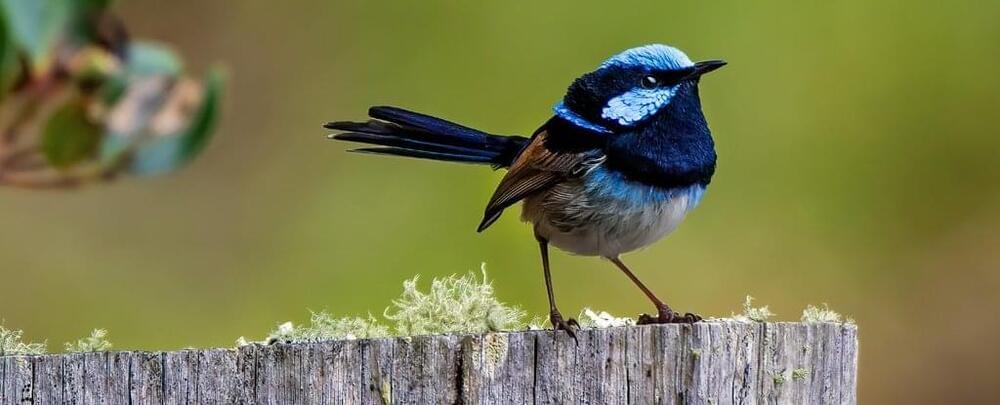
Evolution May Be Happening Up to 4 Times Faster Than We Thought, Massive Study Finds
New research suggests that Darwinian evolution could be happening up to four times faster than previously thought, based on an analysis of genetic variation.
The more genetic differences there are in a species, the faster evolution can happen, as certain traits die off and stronger ones get established. The team behind this latest study calls it the “fuel of evolution”, and they looked at data on 19 different wild animal groups around the world.
That data analysis revealed this raw material for evolution is more abundant than earlier estimates, and as a result we may have to adjust our expectations for how quickly animals evolve – a pertinent question in our age of climate change.
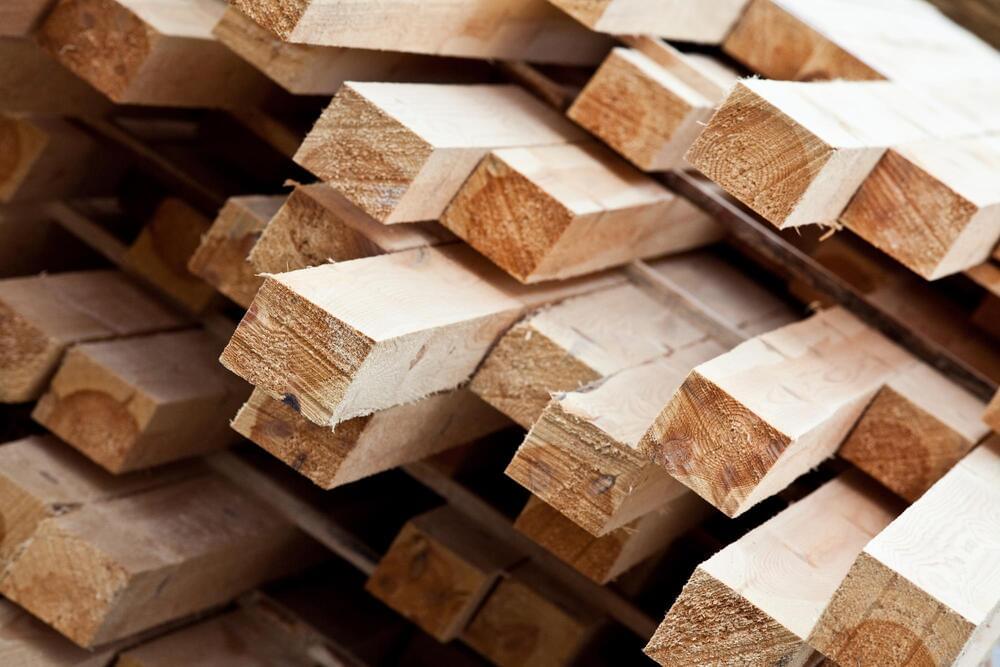
Lab-grown plant matter marks a step towards 3D-printable wood
Chopping down trees and processing the wood isn’t the most efficient or environmentally friendly way to make furniture or building materials. Scientists at MIT have now made breakthroughs in a process that could one day let us 3D print and grow wood directly into the shape of furniture and other objects.
Wood may be a renewable resource, but we’re using it up much faster than we’re replenishing it. Deforestation is having a drastic impact on wildlife and exacerbating the effects of climate change. Since our appetite for wooden products isn’t likely to change, our methods for obtaining it will have to.
In recent years, researchers have turned to growing wood in the lab. Not trees – just the wood itself, not unlike the ongoing work into cultivating animal cells for lab-grown meat, rather than raising live animals and slaughtering them. And now, a team of MIT scientists has demonstrated a new technique that can grow wood-like plant material in the lab, allowing for easy tuning of properties like weight and strength as needed.

If the Ocean Continues to Warm, Fish May No Longer Be on the Menu
Climate change is already had a serious impact on global food production — from making food less nutritious to messing with the growing season of plants, to even pushing some crop species towards extinction. On top of that, the world’s oceans are already stressed by overfishing, with over 70 percent of the world’s fish stocks fully exploited, over-exploited, or depleted.
The combination of overuse and climate change could prove deadly for global food security. And by the time 2,300 rolls around, it will be too late to mitigate the impact of human activity on our food sources, both those on land and those under the sea.

Loki Unveils a Spacious New Feature-Packed Camper Shell for the Tesla Cybertruck
Loki has just announced a new version of its Basecamp adventure pod—or camper shell, if you’re old fashioned—for the EV maker’s much-anticipated electric pickup. Although we’ll have to wait until the Cybertruck’s arrival to see it in action, the high-end accessory looks like it could turn the EV into the ultimate go-anywhere vehicle.
The $135,000 camper shell includes solar panels and a climate control system.
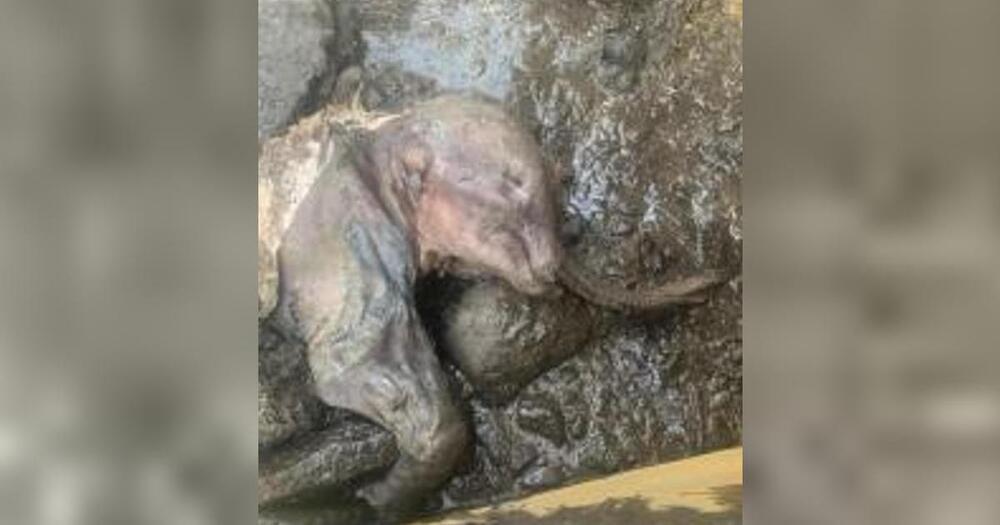
Rare mummified baby woolly mammoth with skin and hair found in Canada
A gold miner in Canada discovered a near complete mummified baby woolly mammoth Tuesday, according to the Yukon government and Trʼondëk Hwëchʼin, a local traditional territory. The female baby was named Nun cho ga, which means “big baby animal” in the Hän language.
the government’s press release said. She’s estimated to have frozen during the Ice Age, over 30,000 years ago. While alive, she likely roamed the Yukon with wild horses, cave lions and giant steppe bison.
It added that the discovery was “significant” and rare, even for an area like Yukon, which has “a world-renowned fossil record of ice age animals.”